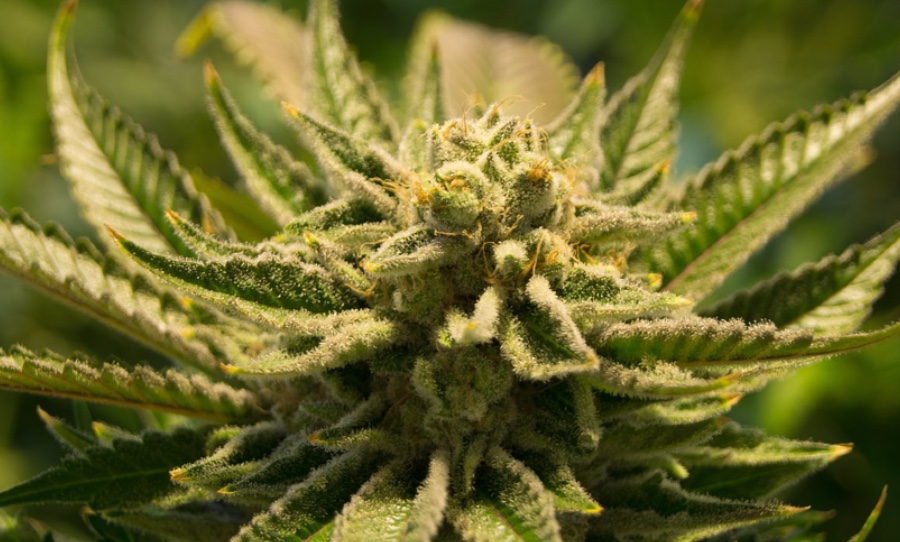Canadian researchers have uncovered how the cannabis plant produces pain-relieving molecules that are 30 times more powerful than aspirin at reducing inflammatory pain.
Scientists at the University of Guelph made the exciting discovery that unlocks the potential to make a natural new medicine, based off these two molecules, to target chronic pain. This treatment would be free from the troublesome side effects and additional risks of other current opioid-based painkillers.

Researchers have discovered the secrets of two pain-relieving cannabis molecules that are 30 times more powerful than aspirin.
These two molecules produced in the cannabis plant are called flavonoids, specifically cannflavin A and B, and this is not the first time they’ve been studied.
Scientists actually discovered them back in 1985, but imposing regulation stopped cannabis research back in the 80s and these findings have been left aside ever since. However, thanks to Canada’s recent legalisation of cannabis, scientists have been free to continue investigations into cannabis medicine. And here we have the results.
The team at U of G are working alongside Canadian Group Anahit International Corp to extract and reproduce the cannflavins A and B outside of the cannabis plant. Their aim is to develop anti-inflammatory medicines that offer a safe, natural alternative to current medication.
“There’s clearly a need to develop alternatives for relief of acute and chronic pain that go beyond opioids,” said Prof. Tariq Akhtar, Department of Molecular and Cellular Biology.
“These molecules are non-psychoactive and they target the inflammation at the source, making them ideal painkillers.”
MCB professor Steven Rothstein, who work on the study, added: “being able to offer a new pain relief option is exciting, and we are proud that our work has the potential to become a new tool in the pain relief arsenal.”
The full study is published in the August edition of scientific journal Phytochemistry.



